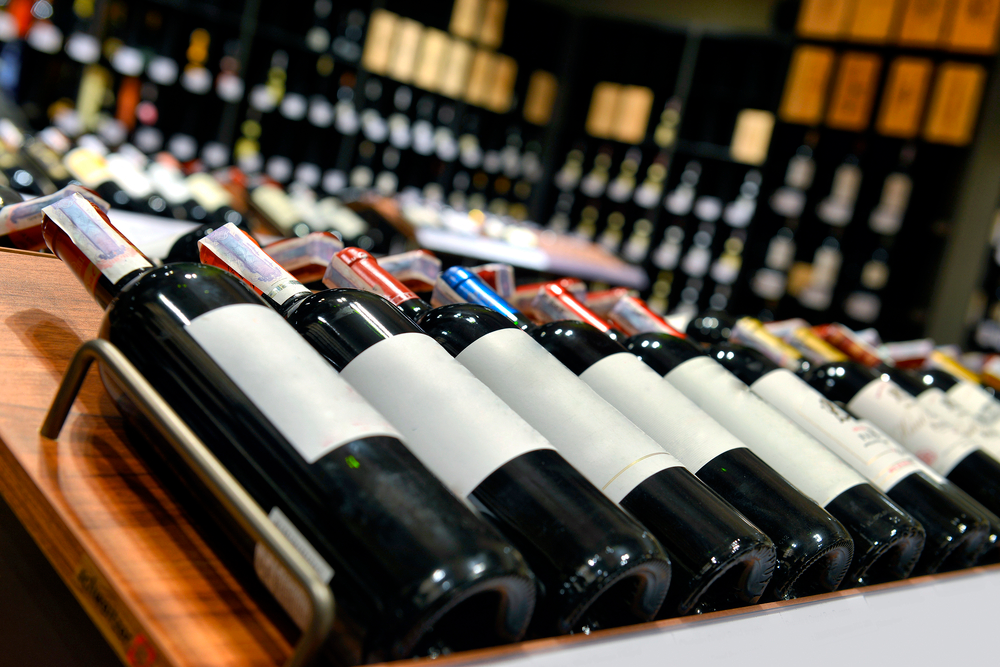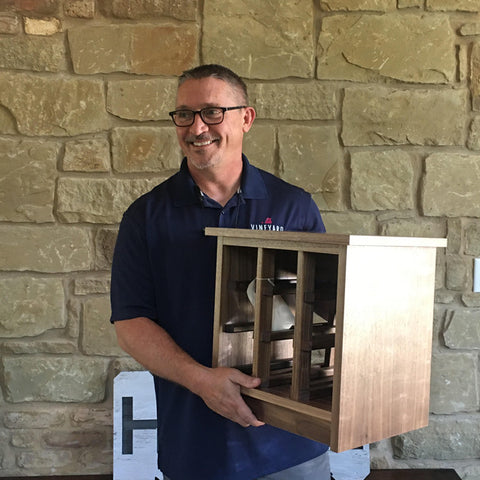8 Tips for Designing the Perfect Wine Room
1. Find the Perfect Location
The first step to designing the ideal wine room is identifying the correct location. This is critically important—choosing the wrong location can wreak havoc on your wine. Many people think the kitchen is a suitable spot, but it's actually the worst place to store your wine. The right location should have a few different characteristics, but the most important is the ability to adjust and control the climate conditions. You will most certainly need excellent insulation and ventilation for the cooling system you select.Having complete control over the temperature, light, and humidity in your wine cellar is essential to keeping your wine aging properly. For this reason, most wine connoisseurs choose their basement. However, not everybody has a basement or cellar. In this case, it's wise to invest in a superior quality cooling system so you can keep the temperature and humidity constant. After all, there's nothing worse than opening up a long-awaited vintage and then—surprise! It's now the most expensive bottle of vinegar you've ever bought!
2. Pick Your Purpose
While you're determining your location, another important consideration to make is the intended purpose of your new wine cellar. Do you want it strictly to store your special bottles, or will it be a way to showcase your best and rarest vintages? Maybe you want a wine cellar that's going to beautifully highlight your best wines while still offering that functionality and versatility. Either way, decide the theme, purpose, and overall layout ahead of time, so you're prepared and know what direction you want to go in.3. Passive or Active Cooling?
When it comes to deciding your location and what type of cellar you want, there are two types: actively cooled and passively cooled. A passively cooled wine cellar relies on Mother Nature and the ambient temperature and humidity rather than machine-cooled or conditioned air. Essentially, the climate in the room isn't actively changed to benefit the wine. This type of wine cellar is only for those with existing basements or cellars deep enough and cool enough to handle aging wine with no cooling system.Actively cooled cellars are generally more common, as most people just don't have the type of subterranean room required to have a passively cooled cellar. Actively cooled cellars use a cooling system to offer you total control over the temperature and humidity levels of your wine cellar. If you don't have a basement, but you do have a spare room, you can make simple upgrades to transform the area into the perfect wine room.
4. Leave Room for Expansion
If you plan on expanding your collection, a vital aspect of planning your wine cellar is leaving room for growth. You might not have an extensive collection now, but it will continue to grow as time goes on. That's why it's essential to plan for growth—your wine cellar is an investment and one you want to last for years. If you put in a new wine cellar, and you've outgrown it in five years, well, what was the point? Make your chosen location easily expandable.5. Avoid Light and Vibrations
Have you ever wondered why the basement or cellar is the perfect place for a wine cellar? This is because factors like too much light or frequent vibrations adversely affect wine, disturbing the sediment in the bottle. It can also cause complex chemical reactions that can limit those deliciously fruity notes and flavors. That's why finding the right cooling system for your wine storage room is essential.Think about it: if you purchase a cooling system with a loud motor and fan, the continuous vibrations and sound waves will effectively ruin your collection. That's why it's vital to invest in a cooling system that will be whisper-quiet while it cools and ventilates your wine cellar. When you need superior quality and ultra-quiet cooling system, check out some of the options on our website—we have self-contained systems, ductless, cabinet-mounted, ceiling-mounted, split systems, and more.
6. Find the Ideal Storage System
Finding the right storage system is another essential part of building the perfect wine cellar. When it comes to storing wine bottles, horizontal is the way to go. If you store wine bottles vertically, the corks can dry out and shrink, effectively ruining the wine. If your wine doesn't have a cork stopper, you can store them in any direction, but horizontal makes for an efficient storage solution. Remember to look for storage that's easily expandable and can accommodate growth.7. Pick Your Flooring Carefully
Choosing the right flooring for your wine cellar is more important than you think. If your cellar is only going to be for storage, you might not care what type of flooring you install. However, the biggest mistake you could make would be installing carpeting. The high humidity levels that are a requirement for wine cellars can cause mold and mildew on carpeting. Stick to marble, stone, vinyl, concrete, tile, or hardwood for your wine storage room.8. Install a Vapor Barrier
Installing a vapor barrier for your wine cellar is imperative to protecting your investment. It helps maintain the optimal conditions and environment while preventing moisture from collecting and forming inside the walls. You should also install insulation, which is suitable for both passive- and active-cooled cellars. Insulation prevents a passive cellar from becoming too hot and conserves energy in actively cooled wine cellars.9. Determine Your Budget
It's crucial to determine your budget when designing the perfect wine room for your collection. The size of your budget determines many factors: the type of cooling system you can afford, the overall size of your wine cellar, your chosen insulation and building materials, and the list goes on.Take the time to make a budget and stick with it, but keep in mind, a wine cellar is the primary method you have to protect your investment. While it might sting a tad to spend more money upfront, it's worth it to keep your wines aging perfectly. If you don't, you could end up with an entire collection of ridiculously expensive vinegar.
If you have an extensive collection of expensive wine, you know how important it is to find the proper storage solution. Here at WineCellarHQ, we understand how passionate you are about wine because we love it just as much as you do. Check out Wine Cellar HQ today for modern wine storage cooling and storage solutions and some professional tips, tricks, and advice about all things wine.


